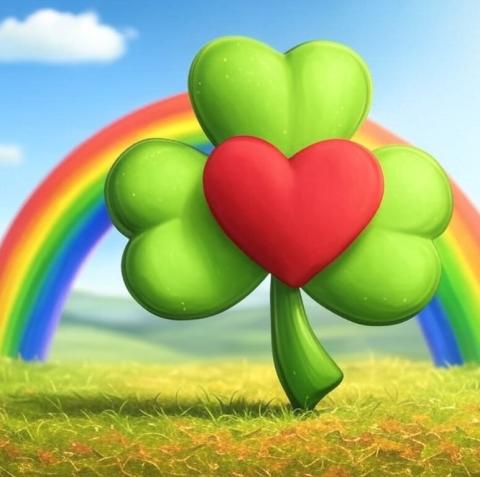
Every year on March 17th, we celebrate Saint Patrick's Day. Originally an Irish holiday, it has gained significant cultural importance in this country, primarily as a celebration of Irish heritage and identity. Its roots trace back to the arrival of Irish immigrants, particularly during the 19th century when millions fled Ireland due to the Great Famine.
Over the years, it has evolved from a religious observance honoring Ireland’s patron saint, into a broader secular celebration of Irish culture marked by parades, green attire, shamrocks, and yes, even green beer.
In cities like Boston, New York, and Chicago - where Irish American communities grew substantially - the holiday became a public expression of ethnic pride.
The first recorded Saint Patrick's Day parade occurred in New York City in 1762, organized by Irish soldiers serving in the British army, predating U.S. independence by a decade and a half.
Over time, these celebrations served as a way for Irish immigrants facing discrimination and marginalization to assert their presence and contributions to American society. The Irish were often stereotyped as poor, uneducated, and unruly drunkards, and often competed with other marginalized groups, including Black Americans, for low-wage jobs, sometimes leading to tensions.
This historical context ties Saint Patrick's Day to themes of social justice and equity. For Irish Americans, the holiday symbolizes resilience against oppression and the journey from exclusion to integration. By the early 20th century, Irish Americans leveraged political organizing and cultural events like Saint Patrick's Day to gain social and economic power, eventually becoming part of the American mainstream. The green beer, corned beef, and festive parades of today reflect a lighter, commercialized version of this legacy, but beneath it lies a story of overcoming systemic disadvantage.
In a modern lens, Saint Patrick's Day can be seen as a case study in equity: a group once deemed "other" reclaimed its narrative through collective identity and visibility. However, it also prompts reflection on social justice. The Irish American ascent often came at the expense of other groups, as they distanced themselves from Black and immigrant communities to gain acceptance in a racially stratified society—a phenomenon scholars call "becoming white." Today, the holiday rarely explicitly addresses these dynamics, focusing instead on universal themes of luck, merriment, and cultural appreciation.
That said, some contemporary celebrations nod toward inclusivity and justice. Parades in cities like Chicago have occasionally highlighted broader immigrant rights, drawing parallels between historical Irish struggles alongside those of modern newcomers. Yet, the connection to equity remains largely implicit—a backdrop to the revelry rather than a focal point. Saint Patrick's Day in the U.S., then, is both a triumph of cultural perseverance and a reminder of the complex, uneven path toward fairness in a diverse society.
Add new comment